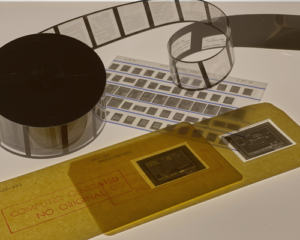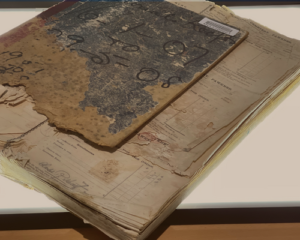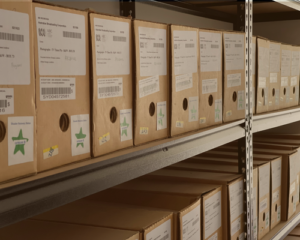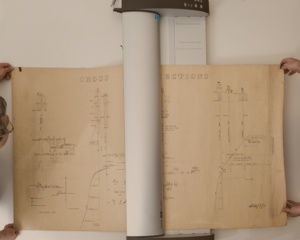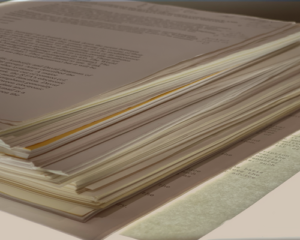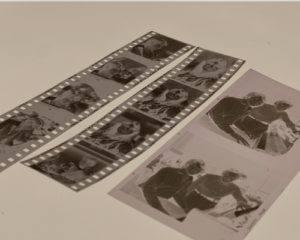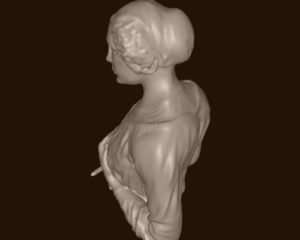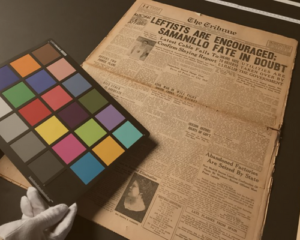LARGE FORMAT digitisation
- Home
- /
- Digitisation
- /
- Large Format Digitisation
Large Format Document Scanning
Large format document scanning requires specialised equipment to capture high-quality digital images that are larger than standard sizes and requires specialised software to ensure that the digital copies of the documents or images are high-quality and usable.
The resulting digital files can be stored, edited, and shared electronically, making them more accessible and easier to work with than their physical counterparts.
DIGITISING LARGE FRAGILE MATERIAL IS OUR SPECIALTY!

Why Choose DatacomIT
DatacomIT specialises in providing digitisation services, with a particular focus on large format digitisation.
We have the expertise and equipment necessary to handle large-size documents and convert them into digital formats. This includes maps, photographs, artwork, and other types of large format material.
We use specialised equipment and high-resolution cameras to capture high-quality digital images of the documents. We also use advanced software to process and convert the digital images into usable formats, such as TIFF, PDF, or JPEG.
Our team of experts can help you select the right solution for your specific project and will work with you to ensure that the digital copies of your documents are of the highest quality and meet your needs.
DatacomIT was selected by the National Library of Australia to digitise its collection of large fragile material
The National Library of Australia holds the greatest collection in the world of material relating to Australia and the Australian people. It ranges from the earliest European works about the Great Southern Land to the most current publications. The collection includes all formats of material, from books and newspaper to pictures, photographs, microfilm, maps, sheet music, oral history recordings, manuscript papers, ephemera and so much more!
One of the collections that require attention is ‘The Philippines Tribune’ newspaper – one of the major English daily newspapers published in the Philippines during the 1930’s. The NLA collection is the only known copy of the Newspaper in existence. The National Library of Australia understand digitising this collection to be an excellent way of preserving the content and making the material more accessible to current and future generations. Deciding to digitise, a large and very fragile collection can however, be a significant challenge.
After careful consideration, The National Library of Australia engaged DatacomIT to assist with the digitisation process, focusing on its fragility and size of the collection. DatacomIT worked closely with The National Library of Australia to provide a solution.



Microform Digitisation
Convert your old microfilm, microfiche, and aperture card archives into a digitalised, practical, and document management retrieval solution.
Fragile Book Digitisation
Preserving fragile books implies that not only are we seeking to preserve the image via the process of scanning and digitisation, but also wish to keep the integrity of the source intact.
Archive Records Digitisation
Digitising archive records helps preserve them for future generations as digital files are less susceptible to damage or loss compared to physical archives.
Large Format Digitisation
Large format digitisation requires specialised equipment to capture high-quality digital images that are larger than standard sizes.
File Digitisation
Paper files take up a lot of physical space, which can make it difficult to keep them organised and can lead to clutter in the office.
Photographic Digitisation
Digitising your photographic collections is an important part of its preservation, conservation and accessibility.
3D Scanning & Digitisation
Historical objects, memorabilia and artefacts help tell a story.
The FADGI Star System
FADGI is a common set of digitisation parameters set by federal agencies for digitised and born digital historical, archival and cultural content.

